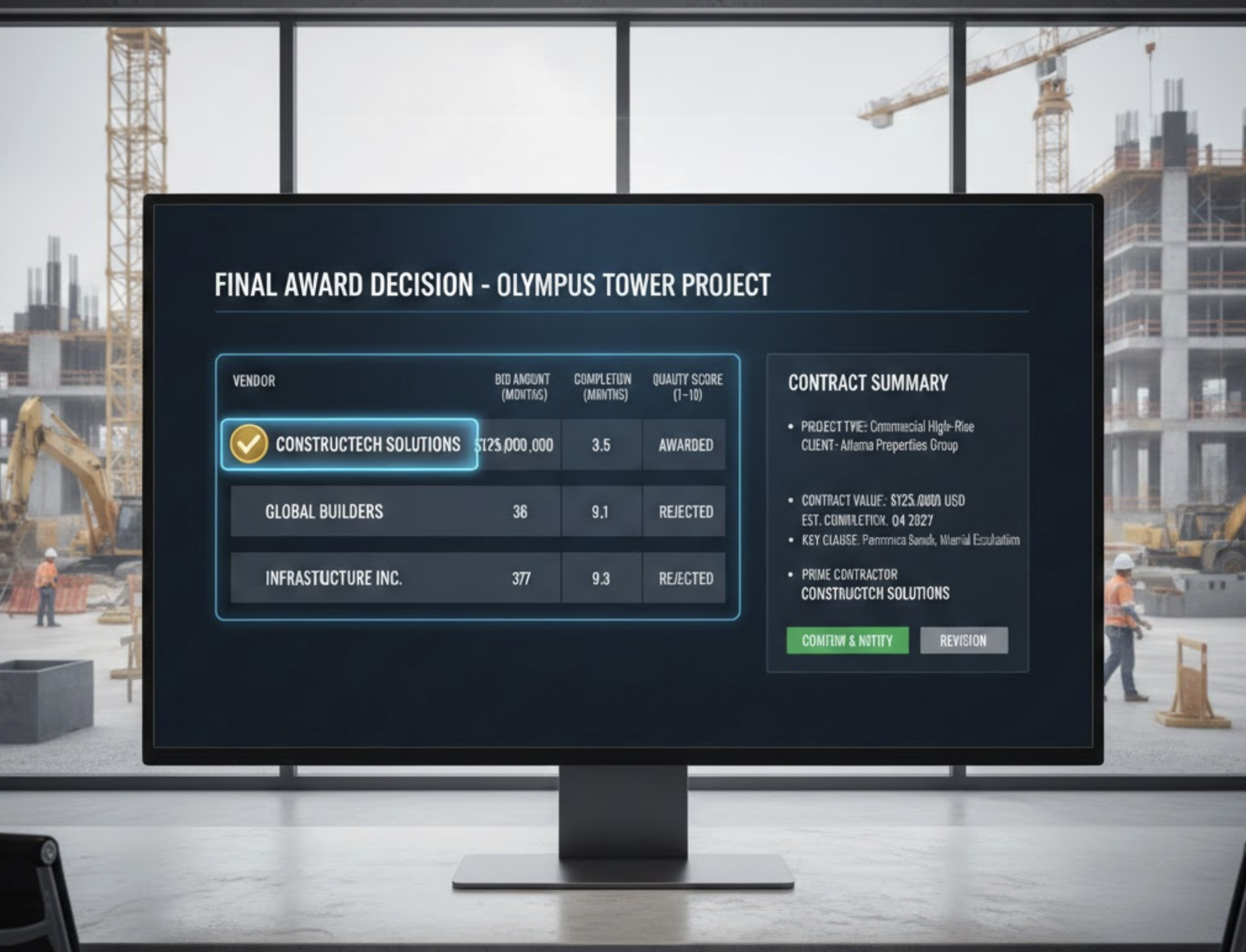Construction Has Started, But the Contract Isn’t Signed: What Now?
In the fast-paced world of construction, it is not uncommon for projects to commence without a signed contract. This can result from tight timelines, urgent demands, or simply miscommunication among parties. However, this situation poses significant challenges regarding enforceability, roles, liabilities, and risk management. Understanding the implications of starting construction without a signed contract is crucial for all stakeholders involved.
Understanding the Implications of Starting Construction Without a Signed Contract
Enforceable Contracts Without Signatures
It may surprise some in the construction industry that a contract can be considered enforceable even in the absence of a formal signature. This is based on mutual assent – a legal principle whereby both parties demonstrate agreement through their actions, such as commencing work on a project. By initiating construction, both parties can be seen as having implicitly accepted the terms of the contract, thereby creating binding obligations, despite the lack of signatures.
Risks of Proceeding Without a Signed Contract
The decision to begin construction without a signed contract may seem harmless initially, but it exposes parties to several risks:
Unclear Position and Ambiguities
Without the clarity a signed contract provides, ambiguities around roles, responsibilities, timelines, and expectations can emerge. This uncertainty weakens negotiation leverage if disputes arise, making it difficult for parties to ascertain their obligations and assert their positions in case of conflict.
Insurance Issues
Establishing an adequate insurance framework often becomes a daunting task without a signed contract in place. This lack of documentation can expose parties to significant financial liabilities, as they may lack coverage for accidents or unforeseen incidents on the job site. Insurance issues heighten the risks faced by all stakeholders involved.
Disagreements and Disputes
A poorly defined contractual landscape can lead to misunderstandings and differing interpretations of every party’s responsibilities. Unfortunately, this often escalates into costly and time-consuming legal disputes, further complicating project timelines and ultimate outcomes.
Practical Steps to Mitigate Risks
Use of Construction Project Management Software
Employing advanced construction project management software, like Zepth, can significantly mitigate risks associated with starting construction without a signed contract. These tools provide several key functionalities:
- Clarify Roles and Responsibilities: By documenting and tracking project roles, responsibilities, and timelines, software can greatly reduce ambiguities that often arise in the absence of formal agreements.
- Manage Insurance Documentation: Ensuring all insurance documents are up to date and accessible minimizes financial risks associated with potentially uncovered incidents.
- Facilitate Communication: Regular updates and clear communication channels diminish the chances of misunderstandings and conflicts among project stakeholders.
Best Practices
To further protect all parties involved, consider the following best practices:
- Ensure Mutual Understanding: Even in the absence of a signed contract, both parties should strive to reach a clear mutual understanding regarding the project’s scope, timelines, and expectations before commencing work.
- Document Everything: Meticulously keeping detailed records of communications, agreements, and any adjustments made to the project, will prove beneficial for all parties to have a written reference in the event of disputes.
- Seek Legal Advice: Consulting legal professionals can provide valuable insights into the ramifications of beginning work without a contract. They can also assist in formulating interim agreements if necessary.
Zepth’s Role in Construction Management
Zepth offers comprehensive solutions tailored to any construction project’s needs, including:
- Contract Management: Tools designed to manage and track contracts ensure that all parties remain informed of their obligations in an organized manner.
- Risk Management: Features aimed at identifying and mitigating risks, addressing insurance issues, and preventing potential disputes when starting without signed contracts.
- Communication and Collaboration: Platforms that promote clear and timely communication among project stakeholders can significantly reduce the likelihood of misunderstandings and conflicts.
By leveraging these tools, construction projects can move forward more smoothly and efficiently, even in the unclear environment of having no signed contract, ultimately minimizing risks and enhancing outcomes.
Statistics and Examples
The legal ramifications of starting construction work without signed contracts can lead to serious repercussions. For instance, cases like City of Union City v. AC Construction Corp. demonstrate the real-world dangers this practice entails, often resulting in costly legal entanglements and financial losses. Moreover, various contractors within the industry face significant risks due to the commonly practiced trend of commencing work without secured contracts, stressing the importance of robust project management and sound risk mitigation tools.
In conclusion, while beginning construction without a signed contract might seem like a common occurrence in the industry, it carries considerable risks that cannot be ignored. By utilizing advanced project management software like Zepth and adhering to established best practices, parties can alleviate potential conflicts and ensure smoother project execution, even amidst uncertainties.




